Last updated on February 17th, 2025 at 09:46 pm
Learn how to knit an egg cosy with this free vintage knitting pattern from Woolcraft: A Practical Guide to Knitting & Crochet.
Vintage Knitting Pattern: EGG COSY, Knitted
This is worked entirely in plain knitting, the fluted appearance being obtained by drawing up the wool when changing the colour. There are two of the latter and a pretty effect is obtained by selecting them to match the tea-service.
Materials:
» ¼ oz. each, in two colours, 5-ply BEEHIVE Scotch Fingering.
» Two No. 12 Steel Knitting Needles.
Instructions:
Cast on 84 stitches, using the dark shade. (If, for the sake of using up odd bits, another wool be employed, the number of stitches would in any case be divisible by 14).
Work 4 rows in plain knitting, always slipping the first stitch of each row.
5th row. – K.7 with the dark wool, make a loop at the end of the light wool and place it on the right-hand end of the right needle, * draw the stitches up closely to about half an inch, K.7 stitches with the light wool, K.7 with the dark wool (drawing up the wool at each change), repeat from * to the end of the row, knitting the last stitch with both colours together.
6th row. – *K.7 stitches with the light wool, pass the light wool to the front under the point of the right needle and pass the dark wool under it to the back, drawing it up, K.7 stitches with the dark wool, pass the dark wool to the front and the light to the back under the point of the right needle, draw up the light wool and repeat from * to the end, knitting the last stitch with both colours. It will soon be seen that drawing up the new wool at each change of colour makes the knitting assume a fluted appearance. Continue repeating the last 2 rows until 44 are worked from the commencement, or about 3 inches in depth.
45th row. – *K.3, K.2 together, K.2, repeat from * changing the colour as usual, and knitting the last stitch with both colours.
46th row. – Like the 6th row, but with only 6 stitches in each flute.
47th row. – *K.2, K.2 together, K.2, repeat from * changing the colour as before.
48th row. – Like the 6th row, but with 5 stitches in each flute.
49th row. – *K.1, K.2 together, pass the slipped stitch over the 2 knitted together, K.1, repeat from * changing each colour as before.
50th row. – Purl, using light wool. Cast off. Sewing up the edges on the wrong side, draw in the cast-off row as close as possible. Make a small tuft by winding some of the dark wool round 2 fingers, fasten the little bundle of wool firmly in the centre and clip the ends. Fasten this tuft on the top of the cosy.
For more vintage knitting patterns for the kitchen, please see Knitted Teapot Cosy, Kettle or Pot Holder, Victorian Knitted Curtains.

Free Vintage Knitting Pattern Booklet Download
First published in 1915 in Halifax, England by Patons and Baldwin, Woolcraft: A Practical Guide to Knitting and Crochet offered knitting and crochet “recipes”, and “Reliable Instructions on the Use of Knitting Wools in the production by hand of Serviceable Garments for Every-day Wear
The entire booklet has been scanned and made into three separate PDF files available free from the Antique Pattern Library.
If you would like more information on the Beehive Scotch Fingering wool used to knit the egg cosy, or wish to see the knitting needle gauge, check out the first of these PDF files at Antique Pattern Library: Beehive Knitting Booklet Pages 1-26.
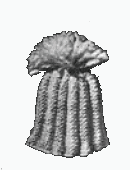
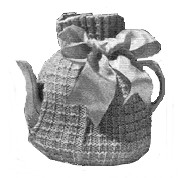
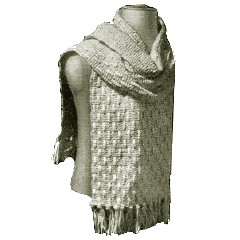

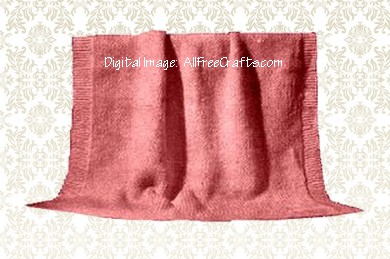
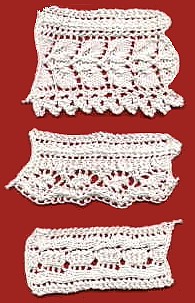

Leave a Reply